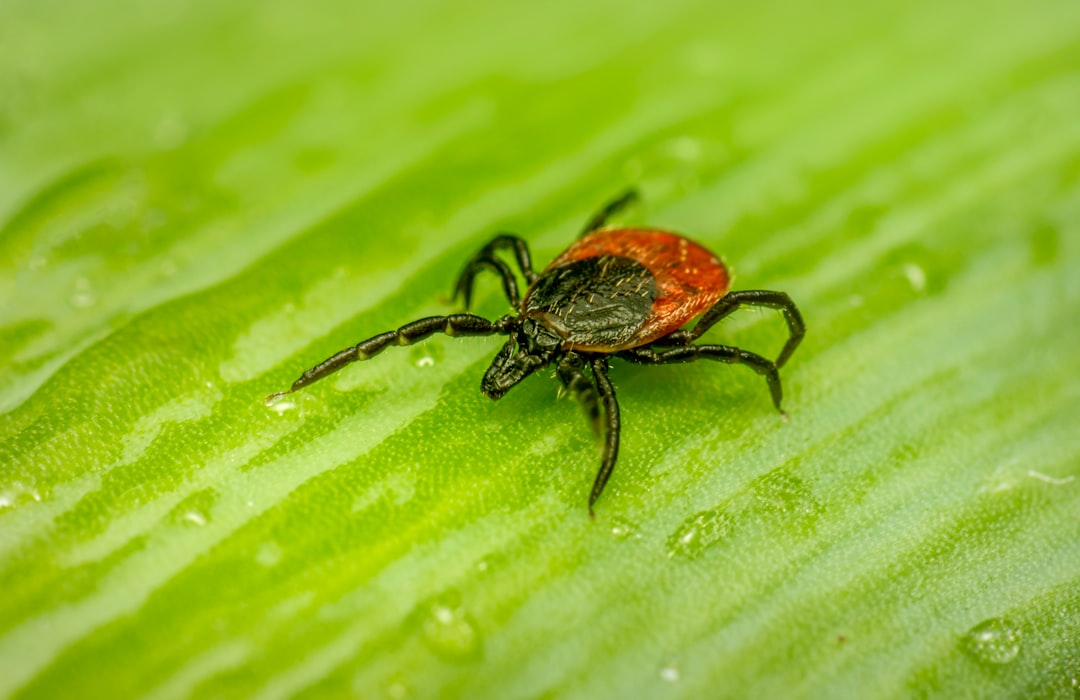What is it about?
We were able to show from our study that the predominant Rotavirus Group A (RVA) causing diarrhoea among children < 5years in Nigeria during the study period was the G12P[8] strains. Other genotypes found included G9, G3, G2 and P[4], P[6], P[8]. We also report P[8] genotype showing divergence with strains distributed in lineage III and IV as well as changes in antigenic sites of VP8* and VP7 compared to the vaccines. Our study also reports the presence of a RVA qPCR RVA sample with a high viral load but negative for ELISA.
Featured Image
Why is it important?
Absence of G1 strains and few numbers of common G1-G4 strains is of relevance as baseline data since different studies have suggested that vaccine efficacy is lower against G2 and G12 strains than against G1 strains. Also, the high divergence in P[8] sequences detected in this study and changes in antigenic epitopes of some of them compared to RV1 and RV5 may provide relevant baseline information for the assessment of efficacy of RVA vaccination when eventually introduced into the Nigerian national immunization program. The presence of a RVA q Real time-PCR positive samples with a high RVA quantities of stool suspension but negative for ELISA antigen as found in our study is also of interest.
Perspectives
The work in this article forms part of my PhD thesis. Writing this article has trained my writing skills and taught me lots of patience as a researcher as I had to write several versions before my supervisor approves as well as the final approval by Medical virology journal. Quality paper like this comes out from years of patience and perseverance.
Margaret Japhet
Obafemi Awolowo University
Read the Original
This page is a summary of: Group A rotaviruses circulating prior to a national immunization programme in Nigeria: Clinical manifestations, high G12P[8] frequency, intra-genotypic divergence of VP4 and VP7, Journal of Medical Virology, September 2017, Wiley,
DOI: 10.1002/jmv.24949.
You can read the full text:
Contributors
The following have contributed to this page










